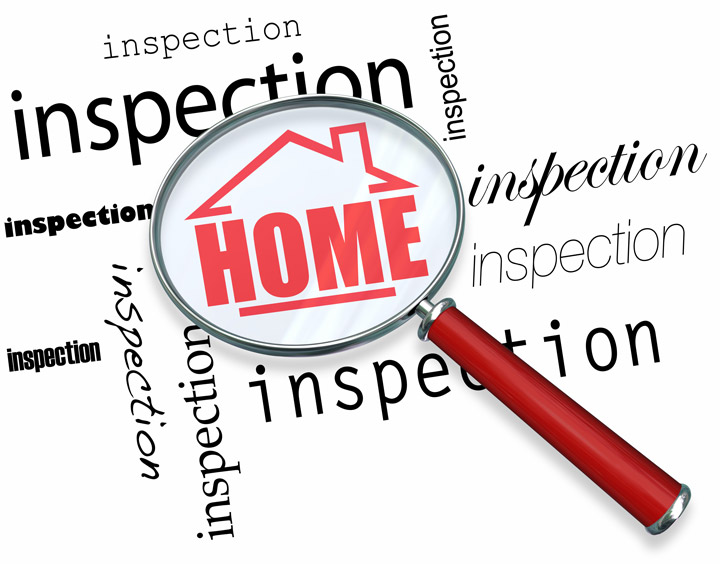
Making Sense of the Appraisal ProcessTheir home's purchase can be the biggest investment some of us will ever encounter. Whether it's a main residence, a seasonal vacation home or an investment, the purchase of real property is an involved transaction that requires multiple parties to make it all happen. The majority of the parties participating are very familiar. The most familiar face in the exchange is the real estate agent. Next, the mortgage company provides the financial capital necessary to bankroll the deal. The title company sees to it that all details of the transaction are completed and that a clear title passes from the seller to the buyer. So, who makes sure the real estate is worth the amount being paid? In comes the appraiser. We provide an unbiased opinion of what a buyer could expect to pay — or a seller receive — for a parcel of real estate, where both buyer and seller are informed parties. A licensed, certified, professional appraiser from Appraisal & Measurements will ensure, you as an interested party, are informed. Appraisals begin with the home inspectionTo determine the true status of the property, it's our duty to first complete a thorough inspection. We must physically view aspects of the property, such as the number of bedrooms and bathrooms, the location, amenities, etc., to ensure they indeed exist and are in the condition a typical person would expect them to be. To make sure the stated size of the property has not been misrepresented and illustrate the layout of the home, the inspection often includes creating a sketch of the floorplan. Most importantly, we identify any obvious amenities - or defects - that would have an impact on the value of the property. Next, after the inspection, we use two or three approaches to determining the value of the property: paired sales analysis and, in the case of a rental property, an income approach. 
Replacement CostHere, the appraiser pulls information on local construction costs, labor rates and other factors to derive how much it would cost to replace the property being appraised. This figure commonly sets the maximum on what a property would sell for. It's also the least used predictor of value. 
Paired Sales AnalysisAppraisers become very familiar with the subdivisions in which they work. They innately understand the value of particular features to the residents of that area. Then, the appraiser looks up recent transactions in close proximity to the subject and finds properties which are 'comparable' to the real estate being appraised. Using knowledge of the value of certain items such as upgraded appliances, additional bathrooms, additional living area, quality of construction, lot size, we adjust the comparable properties so that they more accurately portray the features of subject.
Once all necessary adjustments have been made, the appraiser reconciles the adjusted sales prices of all the comps and then derives an opinion of what the subject could sell for. At Appraisal & Measurements, we are experts when it comes to knowing the worth of particular items in Katy and Harris County neighborhoods. The sales comparison approach to value is usually given the most weight when an appraisal is for a home purchase. Valuation Using the Income ApproachIn the case of income producing properties - rental houses for example - the appraiser may use an additional method of valuing real estate. In this case, the amount of income the real estate generates is taken into consideration along with income produced by neighboring properties to determine the current value. ReconciliationCombining information from all approaches, the appraiser is then ready to put down an estimated market value for the property in question. The estimate of value at the bottom of the appraisal report is not always the final sales price even though it is likely the best indication of a property's valueThere are always mitigating factors such as the seller's desire to get out of the property, urgency or 'bidding wars' that may adjust the final price up or down. Regardless, the appraised value is often used as a guideline for lenders who don't want to loan a buyer more money than the property is actually worth. Here's what it all boils down to, an appraiser from Appraisal & Measurements will guarantee you get the most fair and balanced property value, so you can make wise real estate decisions. |